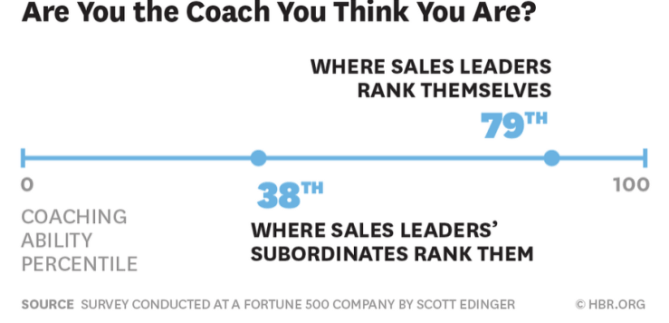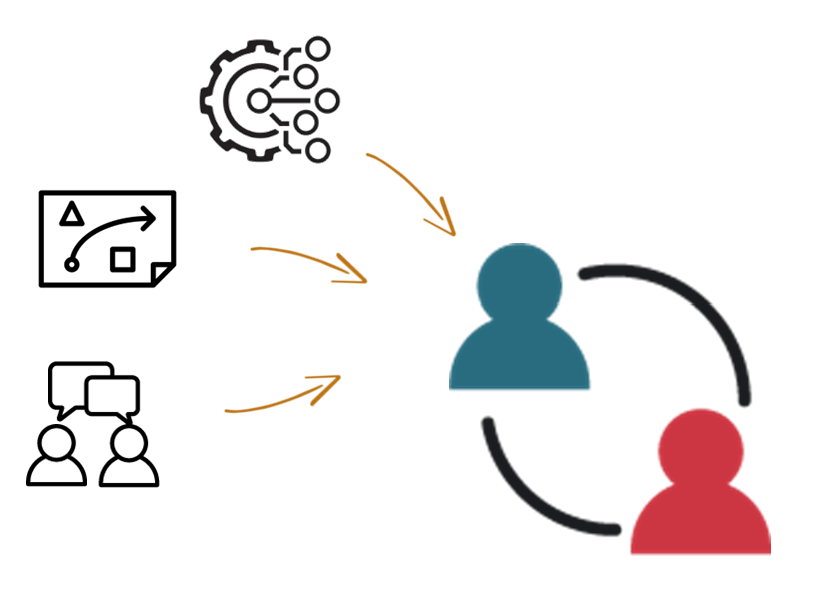
Coaching should be integrated into the fabric of your business, nothing extra
The Situation
It is well known that when you train and coach your team effectively, you see an increase in productivity. According to the Personnel Management Association, companies see an average of 86% higher productivity with effective coaching.
But many managers are primarily taught how to coach and are expected to already know what and when to coach. This can lead to varied results across organizations and sometimes leaves managers feeling like coaching is a lot of extra work. Almost as if coaching was additional to their “day job”. This approach sadly results in coaching either being rushed, ignored or not done as well as it could be. In fact, according to Harvard Business Review, salespeople ranked their sales leader coaching in the 38% percentile.

Are you equipping and supporting your managers to effectively coach your teams?
A Modern Approach to Coaching
Coach to Win emphasizes the four critical and foundational components of sales leadership coaching, through a “Nothing Extra” approach:

Culture: Creating an environment where coaching is expected and can be leveraged by leaders to drive performance proactively. This starts with the sales leaders understanding how they can enable higher performance and see their job as a coach as something that will guide their legacy as a leader.
Content: What sales leaders coach to is as important as the process of coaching itself. Their focus needs to be broader than deals in late stage. Yet there seems to be an assumption that someone with a leadership title already knows the best practices, best approaches, and how to offer advice consistent with the organizational vision and goals.


Conversation: Coaching takes place through conversations. This means they are two-way. It also means that leaders should have a framework for preparing and executing these coaching conversations. Most importantly, sales leaders need to apply different strategies to coaching based upon the experience and productivity of each individual seller. Coaching is not a “one size fits all” activity.
Cadence: We hear sales leaders often comment that they don’t have time to coach. One major reason for this is poor planning and failing to develop a cadence for when to coach. A cadence speaks to timing (i.e. coaching on Pipeline Management 1x/quarter) but incorporates when to conduct 1:1 coaching and when team coaching is more desirable and scalable. Our “Nothing Extra” approach integrates coaching into the business, not as an additional task.

More Than Content
We emphasize process and structure as much as content to coach their team:
- Scenarios: Every module includes real-world scenarios that challenge managers to consider, share and receive feedback on their strategy for handling them.
- Roleplays: Managers practice roleplaying these coaching scenarios and receive feedback, then apply it. We emphasize team learning.
- Worksheets and Assessments: We equip managers with tools to evaluate their sellers, identify areas of strengths and improvement, then develop a strategy and cadence to coach and maximize performance.

Coaching should be integrated into the fabric of your business, nothing extra
